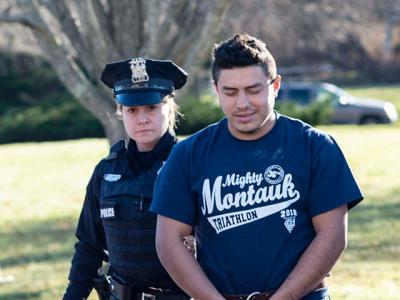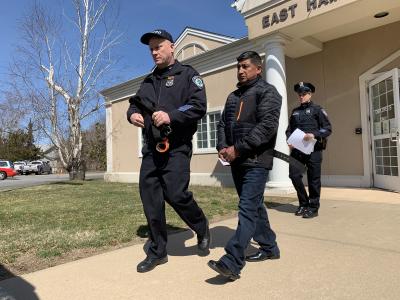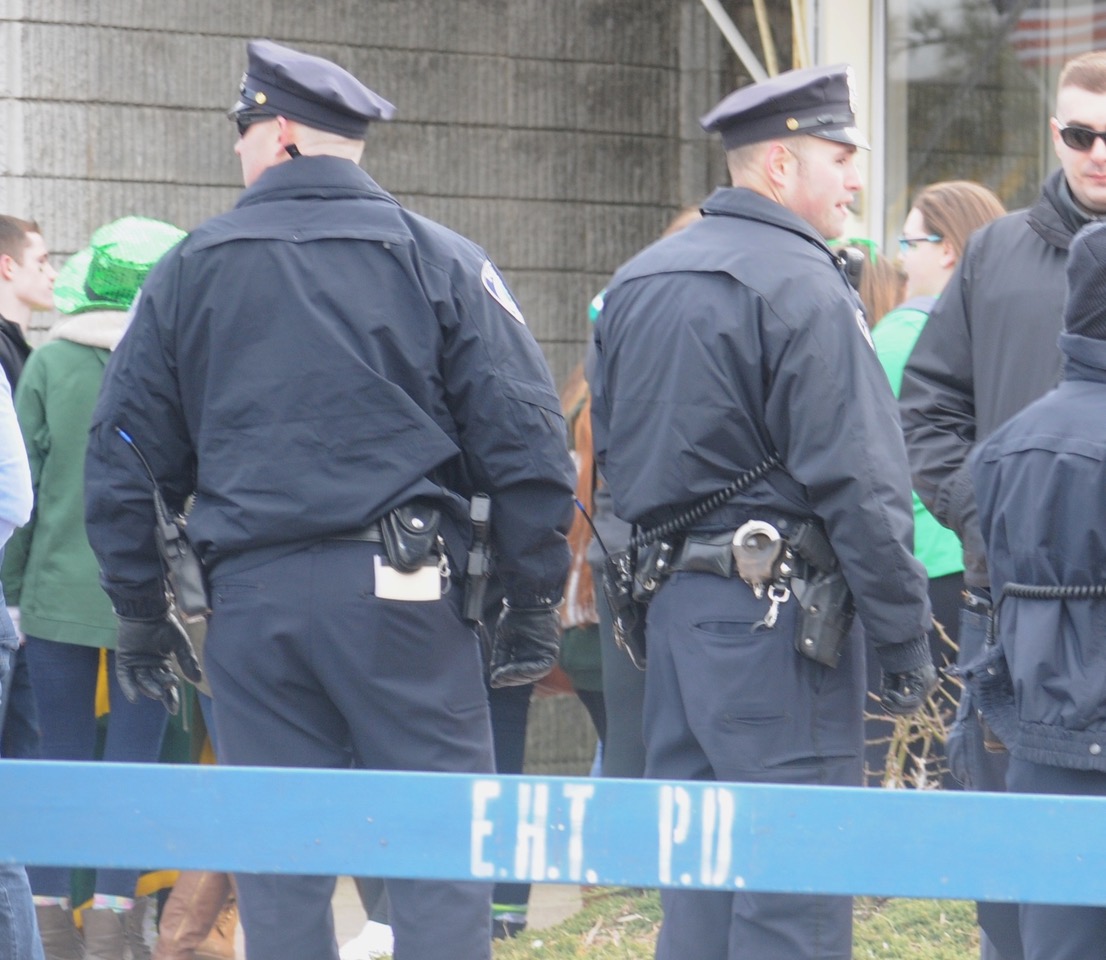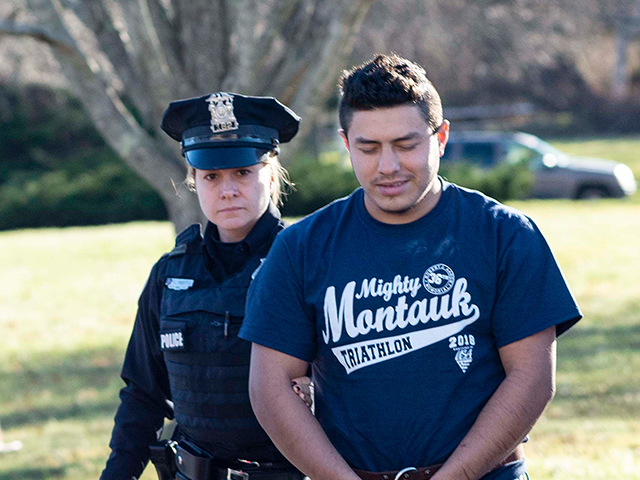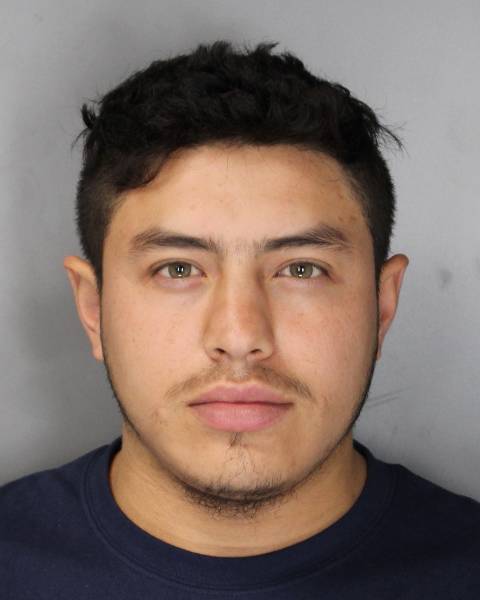Arson Arrest in December Fire at East Hampton Indoor Tennis
Arson Arrest in December Fire at East Hampton Indoor Tennis

East Hampton Town police made an arrest Saturday in the December fire at East Hampton Indoor Tennis.
Scott A. McKallip, a 56-year-old East Hampton Village man who had violated an order of protection brought against him by the owners of the tennis club, has been charged was third-degree arson, a felony.
In a statement, police said he was arrested “for his role in the Dec. 22, 2018, fire at the East Hampton Indoor Tennis facility that was deemed an arson by investigators.”
Through an investigation with Suffolk County arson detectives, town police said they made the arrest following what they called an unrelated larceny arrest that occurred the same date.
Police called in arson detectives soon after the East Hampton Fire Department extinguished the 5 a.m. blaze on the Daniel’s Hole Road property. An automatic fire alarm summoned a fire chief, who found heavy smoke coming from the building, which was used as a reception area for the tennis club. A sprinkler system helped to squelch the fire, before too much damage was done to the building.
Police said at the time that it appeared “some sort of accelerant” was used.
The tennis club is located on the same property as the Clubhouse, which has bowling lanes, a bar and restaurant, and an arcade. Scott Rubinstein is the managing partner of the facility.
The next morning, Mr. McKallip, who was supposed to stay away from the Rubensteins’ home and businesses, was seen by an employee at the complex. He had previously sent Mr. Rubenstein’s adult daughter, who works at the businesses, threatening messages on Facebook. He was charged first in Dec. 7 on a charge of aggravated harassment, a misdemeanor, and an order of protection was put in place. He had been free on $300 bail.
On the morning of Dec. 23, when he was seen in the parking lot at the Clubhouse, he was arrested for trespass and violating the court order. It came to light during an interview with him that he had also violated the court order on Dec. 21 at about 6 p.m., less than 12 hours before the fire.
He posted $500 bail on Dec. 24 on the new charges.
Mr. McKallip is set to be arraigned in East Hampton Town Justice Court on Sunday morning.
The investigation is ongoing and police are asking anyone with information to call detectives at 631-537-7575. All calls will be kept confidential.

